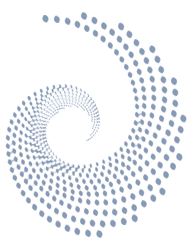Volume 02,Issue 01
Assessment of Aquifer Vulnerability using the DRASTIC Model; A Case Study of the Dezful- Andimeshk Aquifer
Authors
Leila Goodarzi , Saman Javadi
Abstract
Aquifer pollution is one of the main environmental problem caused by human activities, especially those related to agriculture. Therefore, identification of the highly vulnerable areas and land use management are effective to prevent groundwater pollution. The aim of this study is to assess the aquifer vulnerability using the DRASTIC method, based on a Geographic Information System (GIS) in the Dezful- Andimeshk aquifer. The DRASTIC model uses seven environmental parameters (depth of groundwater (D), recharge (R), aquifer environment (A), soil type (S), topography (T), the effect of the unsaturated region (I) and hydraulic conductivity (C)) to evaluate the aquifer vulnerability. An aquifer vulnerability map was prepared using overlay analysis in GIS environment. According to this map, potential vulnerability was divided into three classes. It was concluded that central regions of the aquifer were highly vulnerable. This map can be used for future land use planning and groundwater management in the study area.
Keyword: Groundwater, Aquifer Vulnerability, DRASTIC,Dezful- Andimeshk Plain.
PDF [ 1178.49 Kb ] | Endnote File | XML


